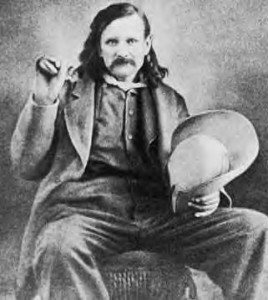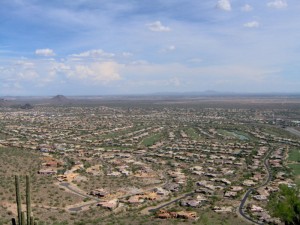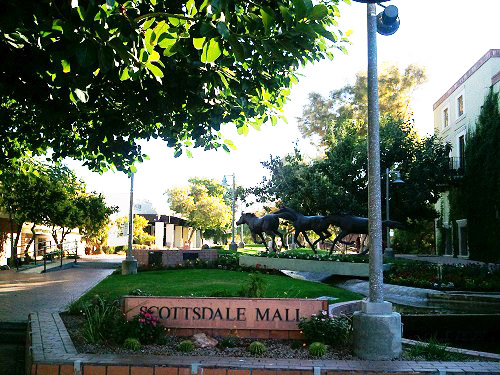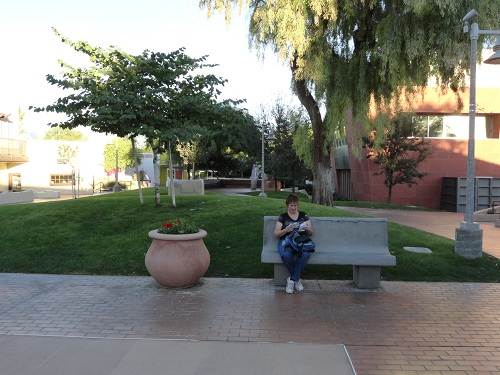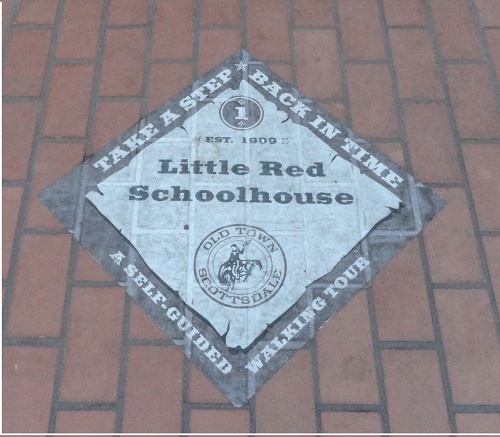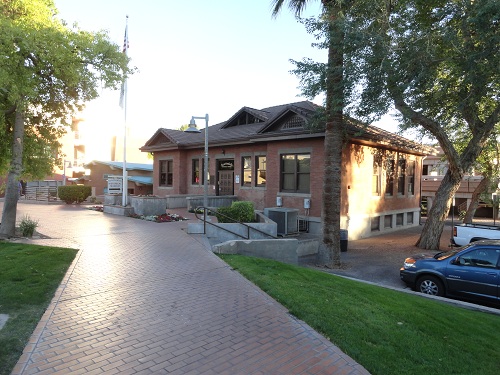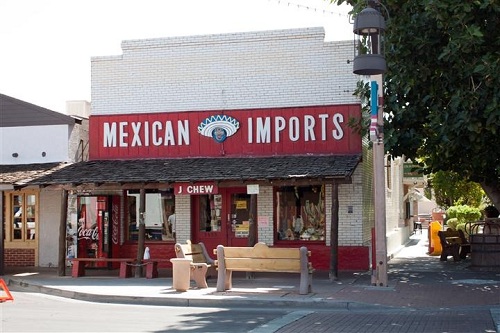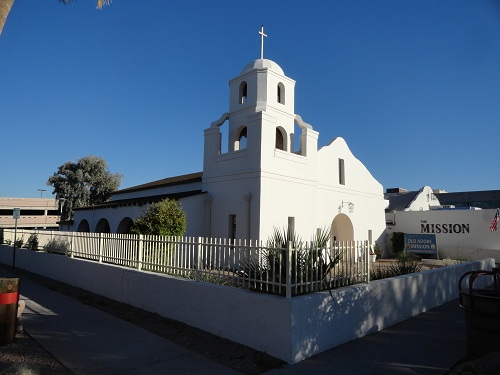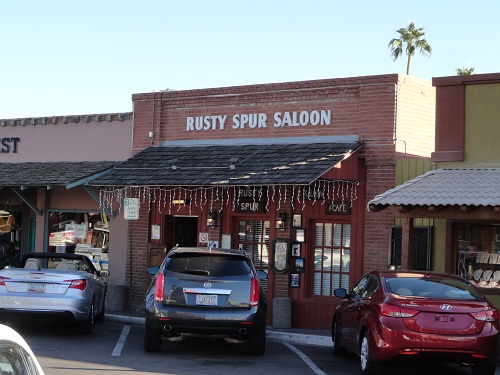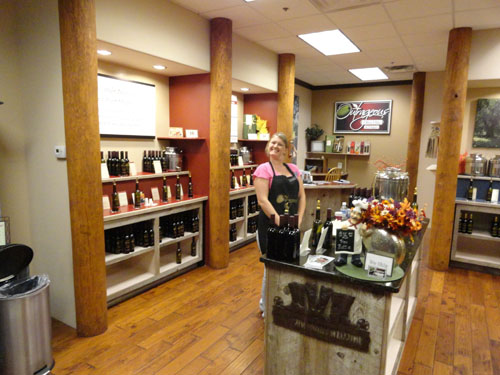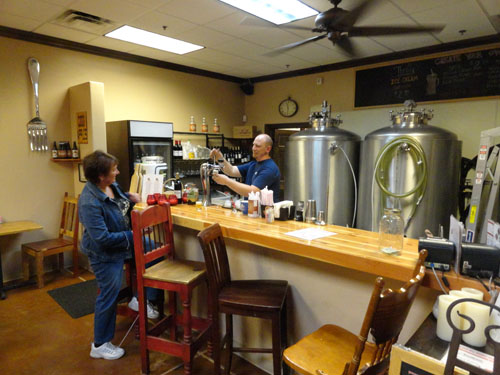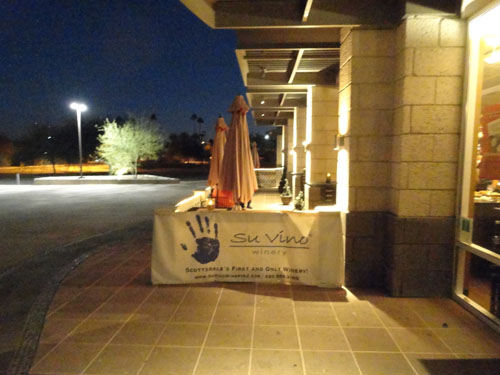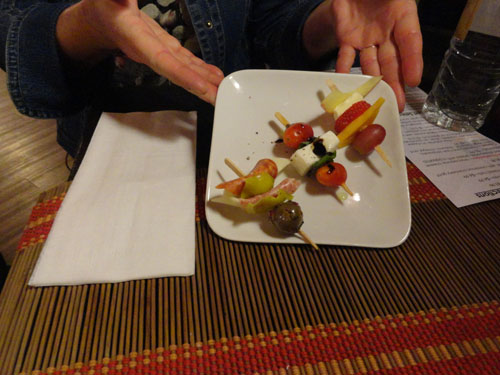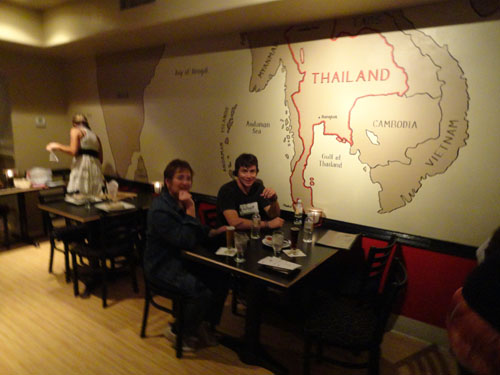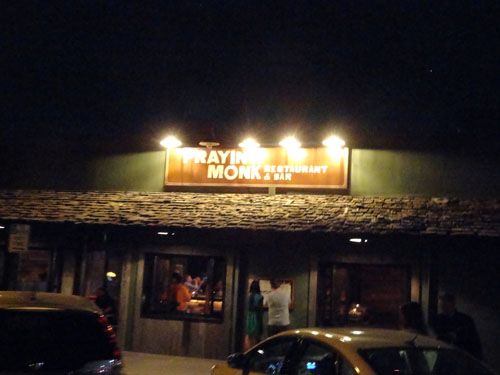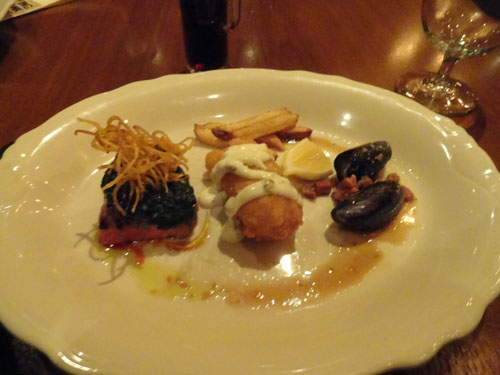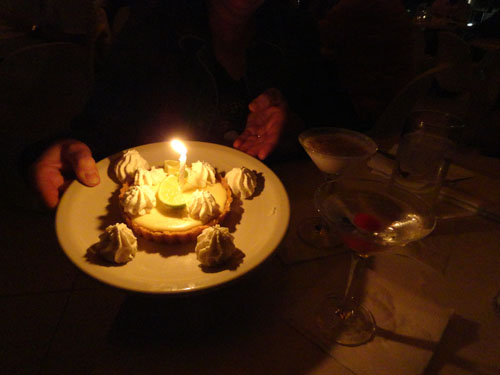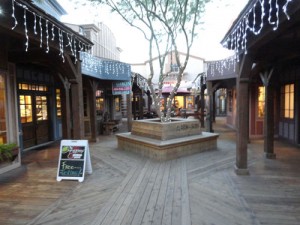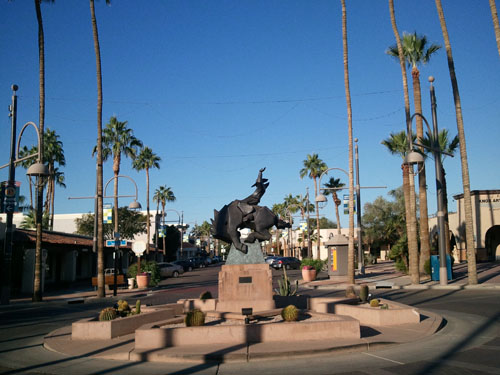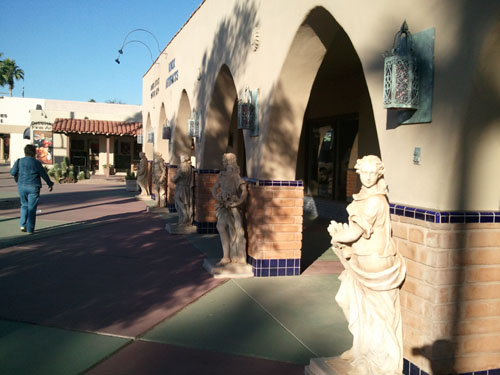History
While the city of Scottsdale is relatively recent event by American standards, we know that in per-historic times the area was occupied by a people known as the Hohokam Indians. From 800 AD to 1400 AD, t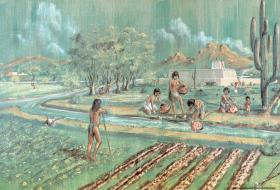 his ancient civilization farmed the area by constructing over 125 miles of irrigation canals, much of which remain today. These canals played an important role is establishing the city we have today.
his ancient civilization farmed the area by constructing over 125 miles of irrigation canals, much of which remain today. These canals played an important role is establishing the city we have today.
In 1868, Jack Swilling, founder of Phoenix Arizona, set up the Swilling Irrigation Canal Company to refurbish and improve upon the ancient irrigation system originally constructed by the Hohokam.
In the early 1880s, U.S. Army Chaplain, Winfield Scott, arrived to help Jack promote Phoenix and the surrounding area. Being impressed with the region he purchased 640 acres where the old town of Scottsdale is located for the sum of $2.50 an acre. He and his brother, George Washington Scott, being adept farmers named the community Orangedale and proceeded to develop the original canals for irrigation. They promoted the area as an agricultural community for cultivating cotton, citrus fruits, figs, potatoes, peanuts and almonds. As a result of their successful efforts, the town’s name was eventually changed to Scottsdale in 1894 when Rhode island banker Albert G. Utley sub-divided 40 acres into town lots.
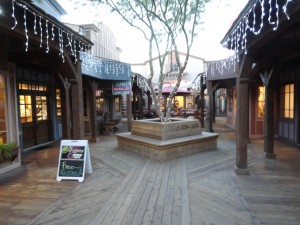
Section of Old Town Scottsdale
In the early 1900’s the town of Scottsdale became a resort community for the city of Phoenix with proposed electric street car service. In the 1930s, the area attracted the renowned architect Frank Lloyd Wright who went on to set up his “winter camp” at the foot of the McDowell mountains, establishing what is now known as Taliesin West. (His other primary residence and studio are located near House on the Rock in Southwestern Wisconsin – see our House on the Rock posting). Frank’s influence on the region’s architecture is commemorated through a major street which bears his name and a 125-foot (38 m) spire memorial in North Scottsdale.
In the 1960s, Indian Bend Wash, which divides the town and normally floods only once every 99 years, experienced several floods requiring the city and Army Corp of Engineers to come up with a flood control plan. Eventually the city resolved to create a controversial system of grass to channel the flood water. This system ultimately succeeded and resulted in a number of parks and golf courses known as the Scottsdale Greenbelt. Today, the 12-mile (19 km) long Scottsdale Greenbelt connects four city parks – Vista del Camino Park, Eldorado Park, Indian School Park and Chaparral Park – through a 25-mile (40 km) bike path and has created an environment that has attracted tourism and retirees to the area.
Scottsdale, AZ today
Historic Walking Tour
After checking into the Eagle Mountain Inn, we drove the short distance to Old Town Scottsdale to explore the city sites. We obtained a walking tour map from the information booth located near the Scottsdale Civic Center Mall park.
The mall is a pleasant outdoor area located in the center of the original Scottsdale town-site, near a main parking garage. The mall contains some benches and walkways along with shops and restaurants and the old Red School House building which has been remodeled into the town’s historical museum. Located in the mall area, as well as along some of the streets, you see a number of old stately olive trees. Many of these trees are as old as the town itself having been planted by Chaplin Scott back in 1896. The Walking Tour starts in the Mall area and each of the stops on the map are marked along the sidewalk.
The schoolhouse was built in 1909 at a cost of $4500.00 and had two classrooms for its eight grades. It was a multipurpose building with the first level was used as a church and town meeting hall. In addition, the school house also served as a community center for the Mexican families who came to work in the cotton fields which the irrigation canals made possible. The Scottsdale Historical Society, a non-profit organization, converted the school house building into a museum and had it placed on the national historical register in 1994. The Little Red Schoolhouse is the starting point for the 15 stop walking tour.
The second stop on the walking tour is the Mexican Imports Shop. It got its start in 1923 as a Pool Hall that doubled as a silent movie theater on Saturday nights. In 1929, a Chew Chinese family acquired the building and opened it as a grocery store, which in the 1950s became the Mexican Import shop.
We visited most of the stops including the Mission Church, which was built in 1933 by Mexican volunteers under the leadership of Jesus Corral. The Corral family came to Scottsdale in 1917 and they still run the Los Olivos Mexican Patio restaurant that serves up excellent authentic Mexican cuisine for lunch and dinner – seven days a week. Speaking of restaurants, the Mission restaurant located next to the church provides an excellent Latin American cuisine.
Along the way we stopped in for some refreshments a the Rusty Spur Saloon. Back in 1921, this building used to be the Farmers State Bank of Scottsdale. The bank closed during the depression, but the old bank vault can be seen there today – now holding liquor instead of money.
Scottsdale Food Tour
In our opinion Scottsdale is one of the best locations for its number of excellent and unique restaurants within easy walking distance of each other. To better appreciate the diversity and quality of the various Scottsdale restaurants and food services, we signed up with the Old Town Dinner Tour for an evening guided food tour hosted by a local knowledgeable guide. The tour group met in the Scottsdale mall near the Red School house and then we walked with our guide down main street to our first stop at the Outrageous Olive Oils and Vinegars shop.
At the Outrageous Olive Oil shop we had a chance to sample flavored olive oils and balsamic vinegars from around the world as well as learn about the health benefits and variety of uses for flavored olive oils and balsamic vinegars. From the Olive Oil shop we walked a short distance to a unique brewery and sandwich shop called The Cider Mill Gourmet Market and Sandwich Shop. At the Cider Mill we sampled some of their excellent home-brewed Hard Cider, which is technically a wine since it contains no grains.
The Cider Mill has a great lunch menu with large variety of unique sandwiches made with the freshest bread possible. From the Cider Mill we walked into the Art District and then on to the Su Vino Winery, the first and only winery in Scottsdale.
The Su Vino Winery provided a choice of their wines paired with accompaniments such as cheese and meat. The winery also offers the unique capability of allow customers to bottle their own custom brewed wine with unique and creative labels.
- Accompaniments with Su Vino Wine sample
From the Winery we had an excellent dinner and drink at Malee’s Thai on Main. This restaurant has been under the same ownership for many years and offers a number of Thai foods including Siamese Kisses, Drunken Dragon Lettuce Wraps, and Thai Basil Chicken.
-
From Malee’s we went to the Praying Monk Restaurant and Bar and sampled their excellent foods including Shrimp and Grits, Seared Scallop and Filet Mignon. The sample plate was paired with one of their signature beers which they claim are some of the best in the world.
We wrapped up the tour by stopping at the AZ88 restaurant for some of their famous Key Lime pie and an excellent Manhattan.
We found the food tour to be a great way to experience a real “taste” of Scottsdale. For more information on the current food tour options, click on the following picture.
Scottsdale Art District
With its beautiful location and history of being an early Phoenix resort area , Scottsdale has developed a strong art community which today manifests itself in over an entire block of the main street dedicated to art galleries that provide a range of artistic styles.
Every Thursday the Art district hosts an evening Art Walk event from 7:00 – 9:00 in which most all the galleries are open to the enjoyment of many people who spend the evening with good food and art appreciation. Sidewalk markers guide you on the art tour. For more information on the art walk, click the picture below to visit www.ScottsdaleGalleries.com.
